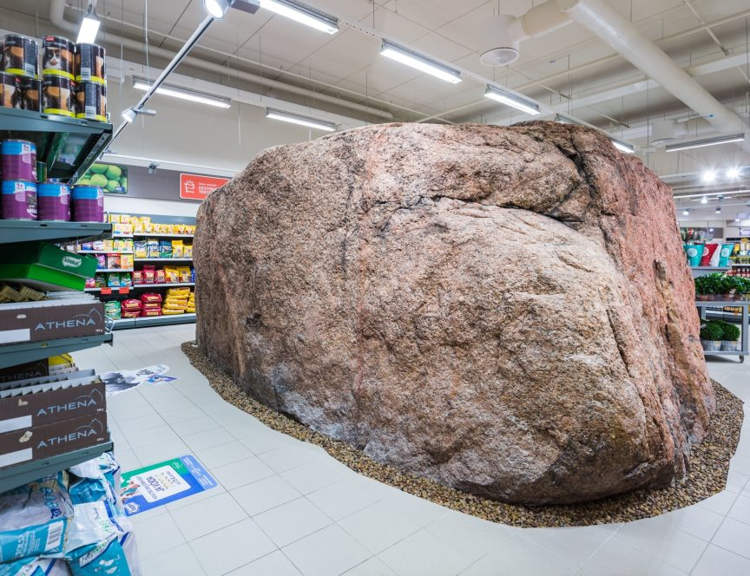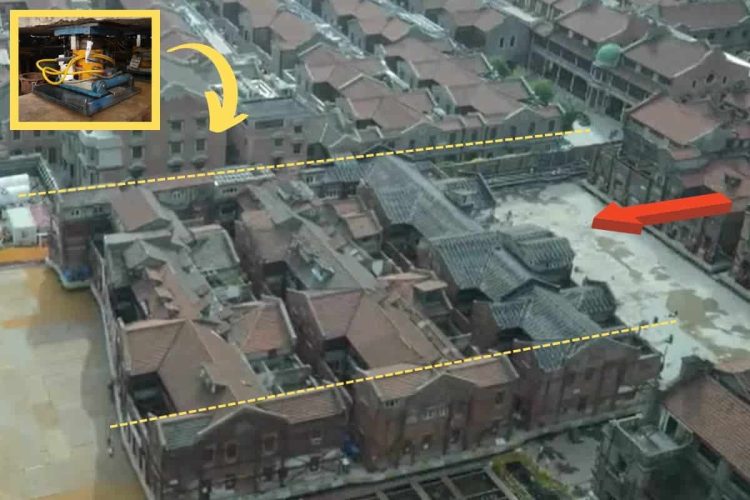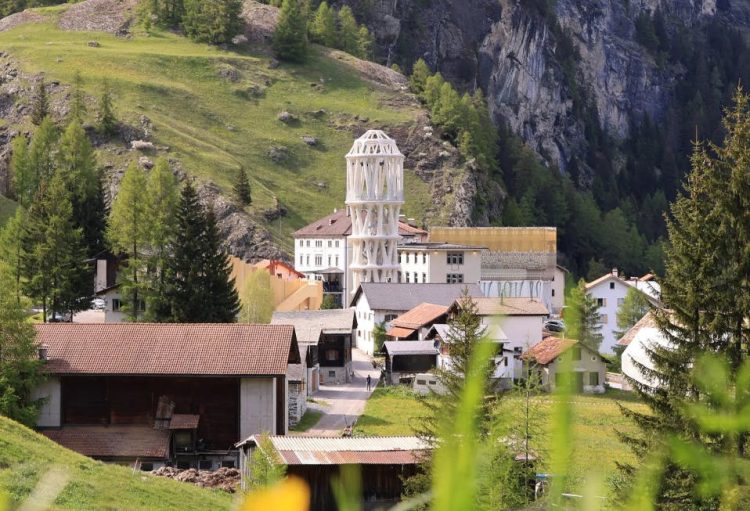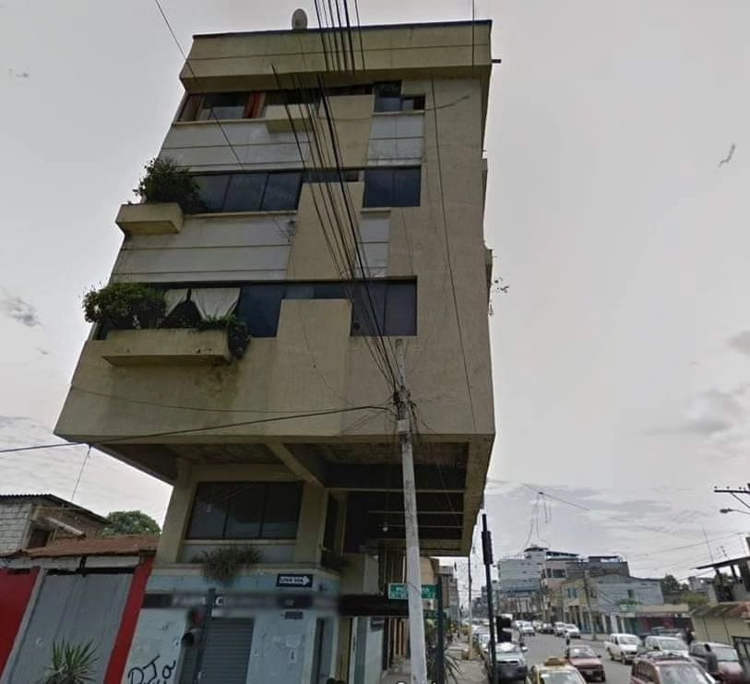Gregory Kloehn is an artist who uses his skills for a really worthy cause – building homes for the homeless. Making use of recycled and reclaimed materials found on the street, he creates small mobile homes, each about the size of a sofa. These homes come with pitched roofs to keep out the rain and wheels at the bottom, for mobility. So far, he’s built about 10 shelters through the ‘Homeless Homes Project’, and hopes to create more in the future.
Although they’re not made of much, the tiny homes are more than enough for someone with no other place to sleep. They are painted in bright colors and have a few quirky elements – like washing machine doors for windows and minivan tops for roofs. Gregory, 43, is a sculptor by profession, but he went on a construction spree after building his five-unit live-work condominium from scratch. Originally from Denver, he now lives in Oakland, California, where he carries out his philanthropic construction project.
“Before, I was all about sculpture, but I realized it just sits there,” he said. “And you’re just peddling it to rich people. I kind of think if you’re putting so much effort into something it would be nice if it did something.” So with his new-found fascination for architecture, Gregory began to study homeless shanties in his neighborhood. He wrote a book called ‘Homeless Architecture’ at the time, admiring how they were able to recycle all day and make homes out of almost nothing.
Soon he began to build the tiny houses in his studio, but he didn’t realize their potential right away. Things changed when a homeless couple showed up at his door last year, asking for a tarp. He gave them the small wooden structure he was working on, equipped with a water tank, built-in kitchen and a small trap for human waste. The couple was delighted. So Gregory decided to make more such houses and give them away for free. He’s simplified his design over the past year; he can now make a home out of only five pallets.
The process begins with dumpster diving in an industrial Oakland neighborhood, where illegal waste dumping is rampant. Gregory carefully selects the parts he needs – cargo pallets for a foundation, refrigerator door for the door, and pizza delivery bags for insulation. He then brings all the materials to his studio, where it takes him two to three days to build a home. Unfortunately, not all of his homes have fared well on the streets of West Oakland.
The home that Gregory gave to the couple was firebombed. Another one of his homes was stolen, and one recipient sold his home for $80. It is now being used as a doghouse. According to city official Karen Boyd, they would need to discuss and decide if these homes present encroachment or other policy issues. Although Gregory doesn’t plan to build the tiny homes for all of Oakland’s homeless, he doesn’t want to stop his project any time soon.
Not all of Gregory’s homes were successful, but they have managed to bring smiles to a few homeless people. Like Wonder, a homeless woman who has her new tiny home parked on the sidewalk next to her old home (a tarp draped over a couch). “This is the best home I’ve had in five years,” she said. Her home is made from a discarded picnic table with pizza bag insulation. “It gets real hot in here,” she added. Many others have given the homes rave reviews as well.
Gregory is currently working on new designs, including a chuck wagon and a geodesic home. He also wants to conduct weekend workshops to teach the craft to others. “A lot of people who hear about what I’m doing want to get involved,” he said. “Maybe we meet someplace and put a couple of homes together.” Gregory is currently accepting donations and volunteers to help his project grow further.
Photos: Brian J. Reynolds
Sources: Mercury News, Designboom


















